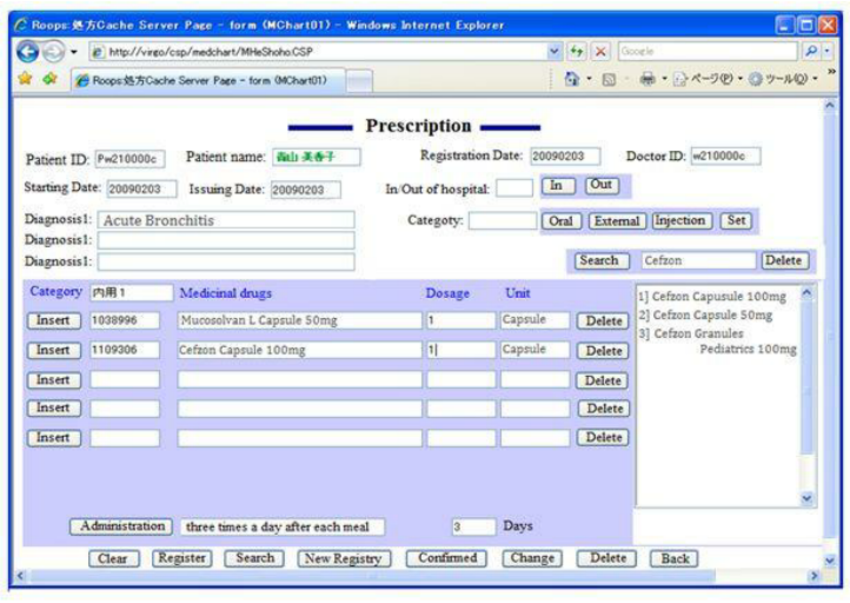buy legally register prescription discreetly
buy legally register prescription discreetly Register Prescription Service: A Seamless Healthcare Solution by the NHS UK USA CANADA AND AUSTRALIA
In today’s digital age, healthcare services are continually evolving to provide patients with efficient and accessible solutions. One such advancement is the Register Prescription Service (RPS) offered by the National Health Service (NHS) in the United Kingdom. This article explores the features, benefits, and significance of the RPS in enhancing patient care and streamlining prescription management within the NHS.
What is the Register Prescription Service (RPS)?
The Register Prescription Service (RPS) is a digital platform introduced by the NHS to facilitate the electronic transmission of prescriptions between healthcare professionals, pharmacies, and patients. Through the RPS, healthcare providers can securely issue prescriptions electronically, which patients can then collect from their chosen pharmacy without the need for a paper prescription.
Key Features of the RPS:
- Electronic Prescribing: Healthcare professionals can generate electronic prescriptions directly from their clinical systems, eliminating the need for handwritten paper prescriptions. This streamlines the prescribing process and reduces the risk of errors associated with manual transcription.
- Choice of Pharmacy: Patients have the flexibility to nominate a preferred pharmacy where their electronic prescriptions will be sent. This allows for convenient prescription collection and enhances patient satisfaction by providing access to medications from their preferred local pharmacy.
- Repeat Dispensing: The RPS supports repeat dispensing, enabling healthcare providers to authorize a series of repeat prescriptions in advance. This feature is particularly beneficial for patients with chronic conditions who require regular medication refills.
- Real-Time Prescription Tracking: Patients and healthcare professionals can track the status of electronic prescriptions in real-time through the RPS. This enhances transparency and enables timely intervention in case of any issues or delays in prescription processing.
- Enhanced Security and Confidentiality: The RPS employs robust security measures to protect patient information and ensure confidentiality throughout the electronic prescribing and dispensing process. Patient data is encrypted and transmitted securely between authorized users.
Benefits of the RPS:
- Improved Efficiency: The RPS streamlines prescription management processes for both healthcare professionals and pharmacies, reducing administrative burden and saving time associated with paper-based prescriptions.
- Enhanced Patient Experience: Patients benefit from the convenience of electronic prescriptions, with the flexibility to collect medications from their chosen pharmacy without the hassle of paper prescriptions.
- Reduced Medication Errors: Electronic prescribing reduces the risk of medication errors commonly associated with illegible handwriting or misinterpretation of paper prescriptions, thereby enhancing patient safety.
- Optimized Medication Adherence: With features such as repeat dispensing and electronic reminders, the RPS promotes medication adherence among patients, particularly those with chronic conditions requiring long-term therapy.
- Cost Savings: The adoption of electronic prescriptions through the RPS can lead to cost savings for the NHS by reducing paper usage, administrative overheads, and medication-related errors.
Conclusion:
The Register Prescription Service (RPS) represents a significant advancement in prescription management within the NHS, offering a seamless and efficient solution for electronic prescribing and dispensing. By leveraging digital technology, the RPS enhances patient care, improves medication safety, and optimizes healthcare workflows for healthcare professionals and pharmacies alike. As the NHS continues to embrace innovation in healthcare delivery, the RPS serves as a testament to the organization’s commitment to providing high-quality, patient-centered care in the digital age.

